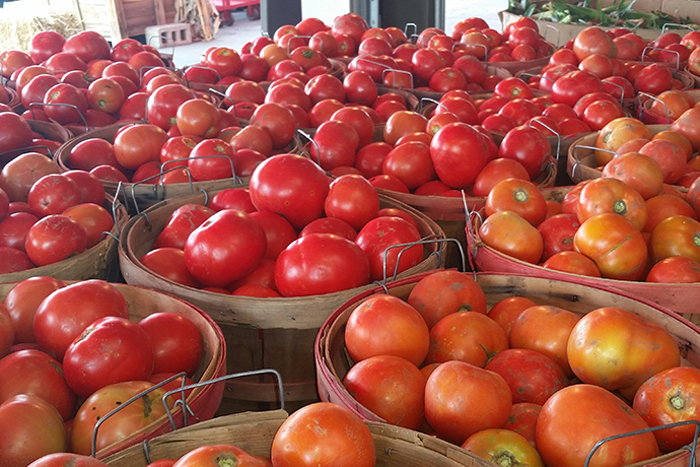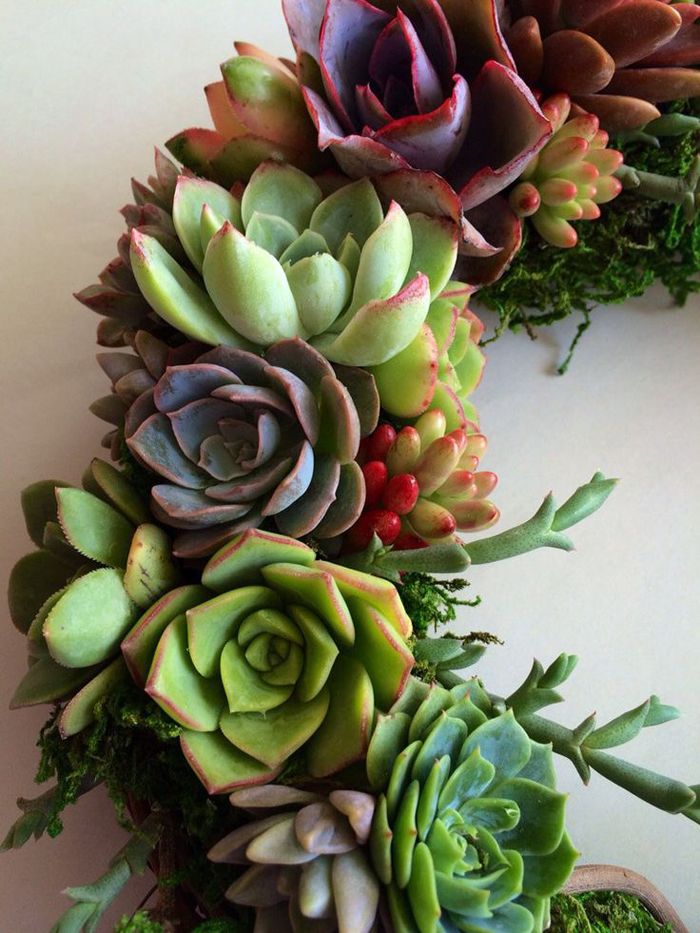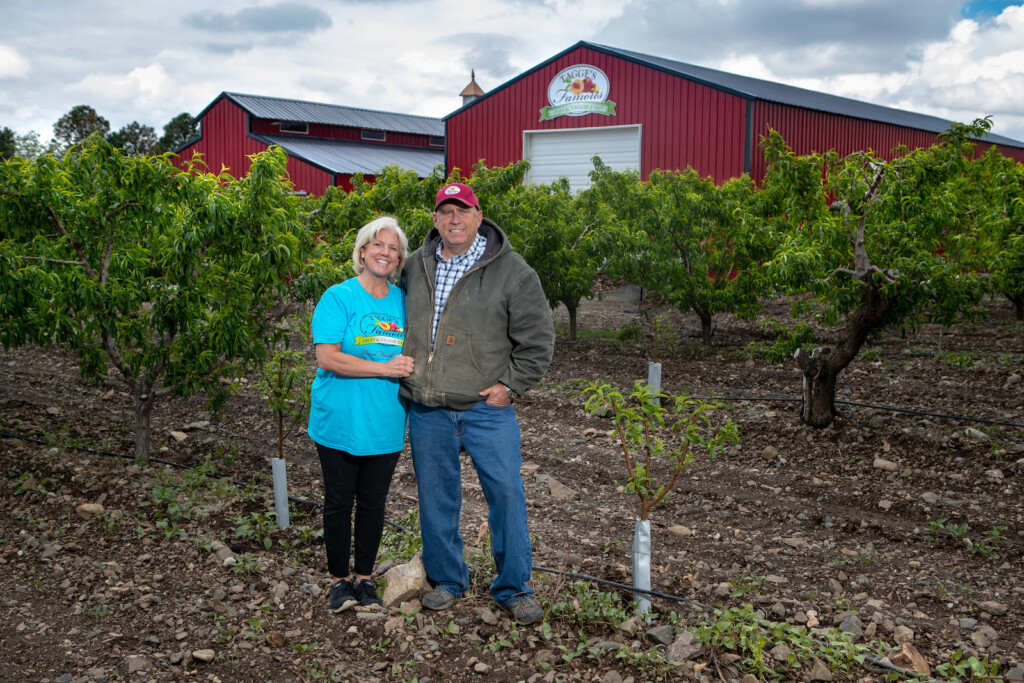 Gardening should be easy, right? Put some seeds in the dirt, add water and sunshine, and in a few short weeks, a multitude of fruits, flowers and vegetables should spring up, ready to eat and enjoy. Except that it rarely works that way. Insects invade and start eating the tomatoes. Birds pick the seeds out of the ground before they even sprout. Weeds choke the life out of zucchini seedlings. And leaf blight brings down the pear tree.
Gardening should be easy, right? Put some seeds in the dirt, add water and sunshine, and in a few short weeks, a multitude of fruits, flowers and vegetables should spring up, ready to eat and enjoy. Except that it rarely works that way. Insects invade and start eating the tomatoes. Birds pick the seeds out of the ground before they even sprout. Weeds choke the life out of zucchini seedlings. And leaf blight brings down the pear tree.
But help is available. Both the Utah State University Extension Service and Red Butte Garden offer classes, programs and advice for gardeners both expert and beginner.
Utah State University Extension Service
Katie Wagner is a horticulture extension assistant professor for Utah State University Extension Service in Salt Lake City, and she explains their mission this way: “We are very accessible to residents, and give research-based, unbiased horticulture information, and run horticulture-based programs in Salt Lake County.”
One way the service shares information is by maintaining several working gardens throughout the county. The gardens are used for demonstrations and classes, and the produce is shared with those in need. Partnered with Salt Lake County Adult and Aging Services, Green Urban Lunchbox, and the County Jail—where inmates grow their own garden, the harvested fruits and vegetables are taken to pop-up farmers markets at senior centers. The residents can select produce free-of-charge to increase their access to fresh fruits and vegetables. The groups go to three centers a week.
USU Extension disseminates information for gardeners in a variety of ways. Wagner coordinates a blog, organicforcast.org, with advice and events. They offer micro-classes on everything from beekeeping to composting. People can attend county events and visit the “ask an expert” booth as well as going to Wheeler Farm for ongoing advice.
Wagner says, “We will answer all emails, respond to all phone calls, and we even run diagnostics for people who walk into our office with something for them to look at such as a leaf riddle with spots.” Most of the advice is free unless they have to send a sample of the Logan campus for further analysis. Their website, also offers advice and a detailed calendar of events and classes.
Another thing the extension service offers is a Master Gardener Program. There is a fee for the program along with 40 hours of community volunteer hours. Planting, maintaining, harvesting, running classes and demonstrations are all part of the service. Returning master gardeners only need contribute 15 hours a year.
Utah’s environment can be both an asset and detriment to gardeners. Wagner sees proper water management as the biggest challenge to Utah gardeners. She says that most of the plants we try to grow need supplemental water to survive, and poor understanding leads to a lot of over-watering. “Roughly 70% of questions we get are water-related.”
The flip side is that with our arid climate, we escape the fungus and moisture-related problems other parts of the country experience.
Red Butte Garden
Another excellent resource for Utah growers is Red Butte Garden. According to Sara Sorensen, Director of Programs, Red Butte is offering more classes than ever before. Their horticulture classes offer everything from garden maintenance and pest control, using beneficial insects, rose gardening, and vertical gardening.
 They also offer garden design classes, making wreaths out of succulents, designing with fresh flowers, and container garden classes. Their website offers a list of classes and how to register.
They also offer garden design classes, making wreaths out of succulents, designing with fresh flowers, and container garden classes. Their website offers a list of classes and how to register.
Partnered with the University of Utah’s Lifelong Learning program, most of the classes sell out, and people come back every year. Many of the instructors are working staff from the garden.
Sorensen says that people call in with gardening questions all the time, and if she doesn’t know the answer to a particular question, she’ll find an expert who does.
Crystal Kim, a lead horticulturist with Red Butte, offers her thoughts on Utah’s problems and benefits: “I think the biggest challenge for Utah gardeners is soil,” she says. “While there are many plants (i.e.: native plants) that thrive, it is tough for a lot of plants. Most of our soil, at least along the Wasatch Front, contains a lot of clay, which is heavy and doesn’t drain well. It is also low in organic matter. Amending soil with organic matter can alleviate most soil problems.”
And the best thing about Utah? According to Kim, “We have a good climate for growing a wide variety of plants. The cold winters are good for growing things that rely on a chilling period for good bloom, such as temperate fruit trees, bulbs and some spring-flowering shrubs such as lilac. Our cold temperatures do impose limits on what we can grow, but are not as harsh as some regions of the U.S. Our summers are sunny and hot, which is good for growing many types of ornamental plants and vegetables, and our low humidity means we have less disease pressure.”
Help is out there—all you gotta do is call.
You can reach USU Extension, Salt Lake County at (385) 468-4820 and Red Butte Garden at (801) 585-0556.


